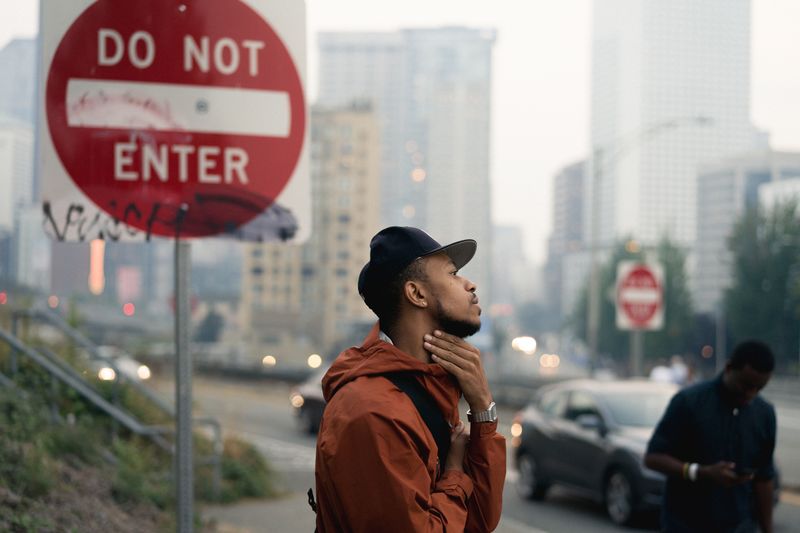Street Photographers Things To Know Before You Buy
Table of ContentsStreet Photographers Can Be Fun For EveryoneSome Known Factual Statements About Street Photographers Getting The Street Photographers To Work9 Easy Facts About Street Photographers Explained5 Easy Facts About Street Photographers Shown
, a genre of digital photography that documents everyday life in a public area. The very publicness of the setup makes it possible for the photographer to take candid pictures of complete strangers, commonly without their expertise. Road digital photographers do not necessarily have a social purpose in mind, yet they favor to separate and capture moments which could otherwise go unnoticed.He was influenced by several of those that influenced the street professional photographers of the 1950s and '60s, he was not primarily interested in catching the spirit of the street. The impulse to aesthetically document individuals in public started with 19th-century painters such as Edgar Degas, douard Manet, and Henri de Toulouse-Lautrec, that functioned side by side with professional photographers attempting to catch the essence of city life.
Due to the fairly primitive technology readily available to him and the lengthy direct exposure time required, he had a hard time to record the hustle and bustle of the Paris roads. He try out a series of photographic approaches, attempting to find one that would enable him to record motion without a blur, and he discovered some success with the calotype, patented in 1841 by William Henry Fox Talbot. In comparison to Atget, photographer Charles Marville was hired by the city of Paris to develop an encyclopaedic paper of Haussmann's metropolitan preparation task as it unravelled, hence old and new Paris. While the photographers' subject was essentially the exact same, the results were markedly various, demonstrating the influence of the professional photographer's bent on the character of the pictures he created.
The Main Principles Of Street Photographers
Given the fine quality of his photos and the breadth of product, engineers and musicians frequently bought Atget's prints to utilize as recommendation for their very own job, though business passions were hardly his major inspiration. Instead, he was driven to photograph every last residue of the Paris he loved. The mingled interest and seriousness of his mission sparkle through, leading to photographs that narrate his very own experience of the city, top qualities that expected street photography of the 20th century.

Unlike his peers, Brassa used a larger-format Voigtlnder cam with a much longer direct exposure time, requiring him to be extra computed and thoughtful in his technique than he may have been if using a Leica.
The Street Photographers Ideas
It is due to the fact that of this basic understanding of the art of picture taking that he pop over here is often credited with finding the medium around once more roughly a century since its invention. He took pictures for greater than a half century and affected generations of professional photographers to trust their eye and intuition in the moment.
These are the concerns I will attempt to address: And afterwards I'll leave you with my very own meaning of road photography. Yes, we do. Let's start with defining what a meaning is: According to it is: "The act of specifying, or of making something guaranteed, unique, or clear".
No, certainly not. The term is both limiting and misdirecting. Seems like a street photography need to be photos of a streets best?! And all street digital photographers, besides view it now a handful of absolute beginners, will totally appreciate that a road is not the essential element to road photography, and in fact if it's a photo of a street with perhaps a few monotonous individuals doing nothing of interest, that's not road photography that's a picture of a road.
The Basic Principles Of Street Photographers
He makes a legitimate factor do not you assume? Nonetheless, while I agree with him I'm uncertain "honest public photography" will capture on (although I do sort of like the term "candid photography") due to the fact that "street photography" has been around for a long period of time, with lots of masters' names attached to it, so I think the term is here to stay.
Inside?! I hear you scream as you shake your clenched fist to the skies. Why not? You can contend the beach, at a festival, in an alley, in a park, in a piazza, in a cafe, at a gallery or art gallery, in a city terminal, at an occasion, on a bridge, under a bridge ...
Yes, I hesitate we have no option! Without rules we can not have a meaning, and without a meaning we do not have a style, and without a genre we do not have anything to define what we do, therefore we are embeded a "regulations interpretation category" loophole! And no-one intends to obtain embeded a loop. - Street Photographers
